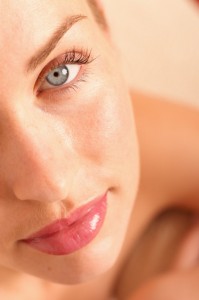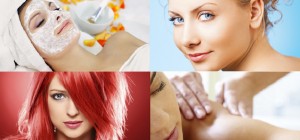Facials for Sun Damaged Skin
0It’s so easy to spot: A client that comes for a facial with a peeling nose and raccoon eyes from a day at the beach. Or maybe it’s an older client with sun spots on their hands, shoulders and décolleté from years of sun exposure. Either way, it’s an aesthetician’s job to fight the effects of sun damage end educate their clients’ about the best ways to prevent continued damage.
It is absolutely vital for you to explain to your clients how important it is to protect their skin from the sun’s rays. It may seem like a broken record, but even with all the commercials, creams, tonics and hats sold ever year, protecting skin from sun damage seems to fall at the bottom of many clients’ to-do lists. Be persistent and explain that prevention can not only save skin from permanent damage, but from the constant need to  repair ongoing dehydration and burning.
repair ongoing dehydration and burning.
When treating a client with sun damaged skin, there are several options for both treatment and prevention. Take the time to do a full skin consultation at the outset of the appointment to find out their skin care habits as well as their average time outside daily. Ask them what their expectations are for their sun damaged skin after a facial treatment.
Knowing their expectations, it’s time to explain your facial procedure for sun-damaged skin. One very effective treatment is a Vitamin C facial. It can counteract the effects of sun-damage and help rehydrate dry skin. Give the client a full overview of your procedure and the benefits they can expect afterwards.
Once you have completed your Vitamin C facial, it’s time to apply the proper ampoules, gommage, enzymes and creams to add the final touches to your facial procedure. Now is the time to talk to your client about their experience with the Vitamin C facial and how it can benefit their sun-damaged skin to use daily skin protection to maintain their skin’s rehydration.
Overall, people need to understand the importance of taking the time to protect their skin and that it need be only a few-minutes-a-day process. Despite the obvious concern about skin cancer, it is usually necessary to be very detailed with your clients about the risks of permanent sun-damage to the skin. Outline the specific products that are used to reverse and prevent sun damage along with their benefits to help educate them. This information can arm them to continue their prevention efforts every day.
The most important factor in facial procedures for sun-damaged skin is education about prevention of further damage. Make a personal effort to teach your clients how they can save their own skin.



